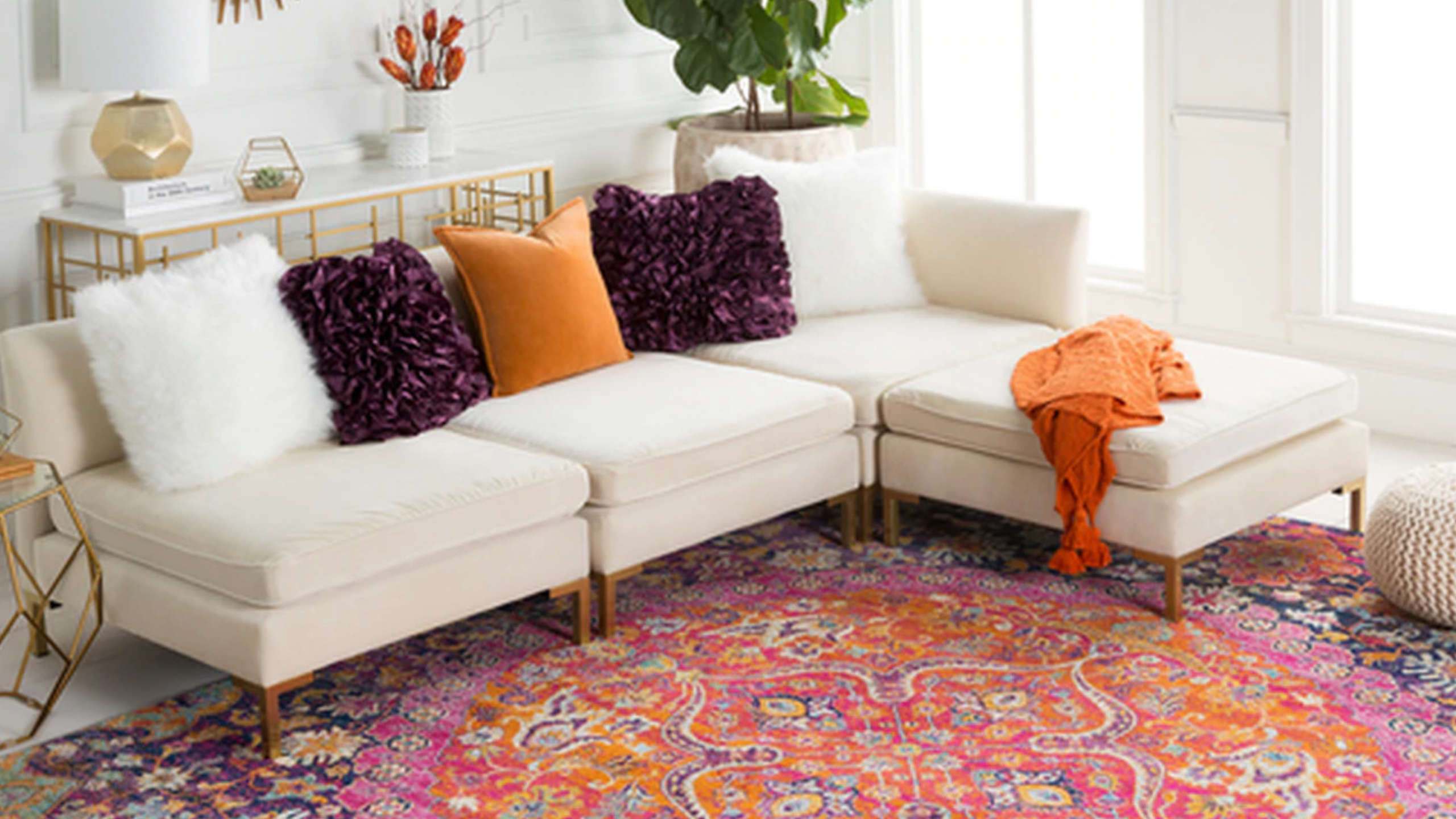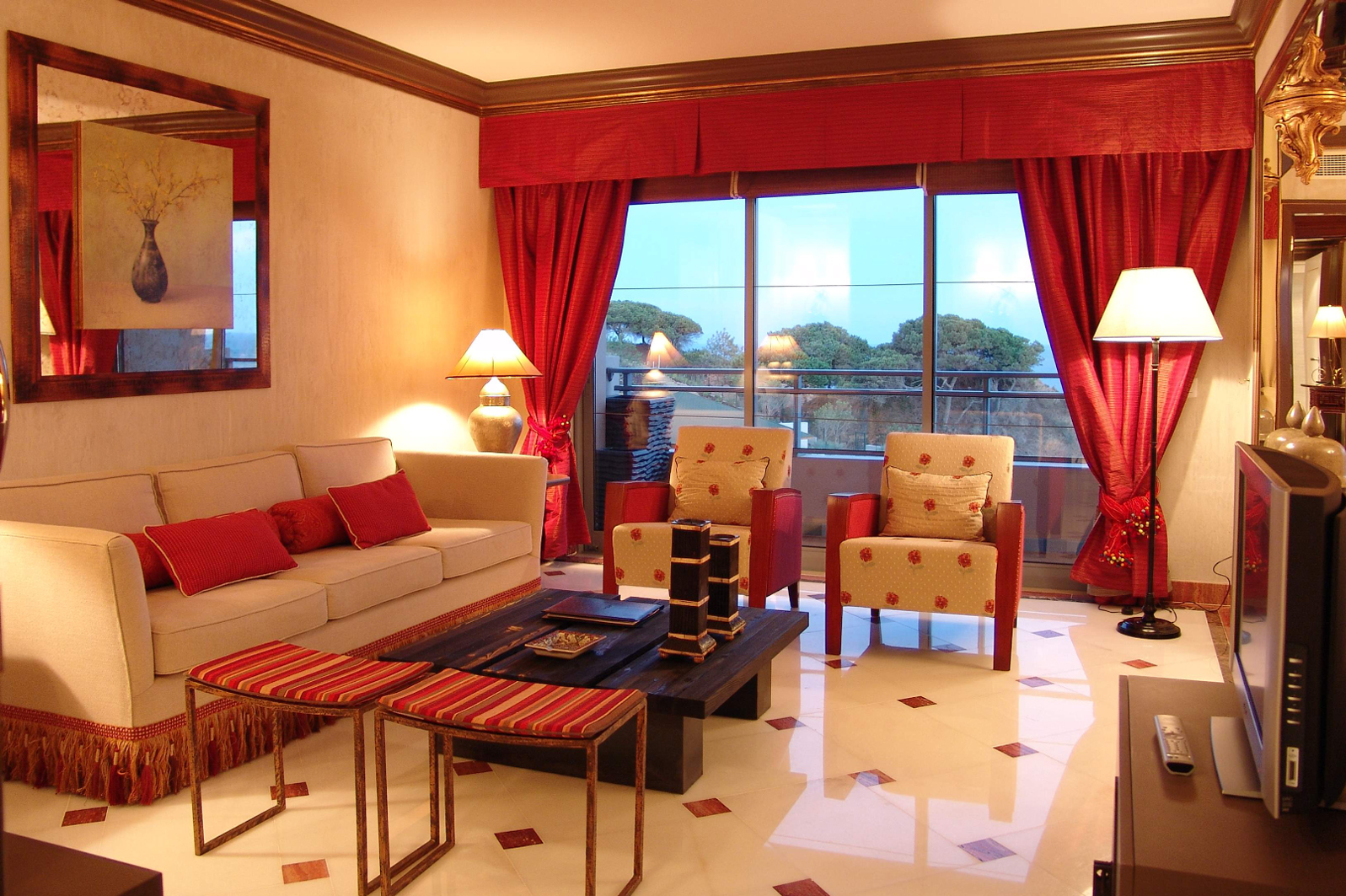When it comes to styling your living room, one of the key design elements to consider is the rug. Not only does it add visual interest and texture to the space, but it also helps to define the seating area and tie the room together. However, the question of whether to float or anchor the rug in your living room often arises. Both options have their pros and cons, and it ultimately comes down to personal preference and the specific layout of your space. Let's take a closer look at the differences between floating and anchored rugs in living rooms. Rug Placement: Floating vs. Anchored
Before diving into the debate of floating vs. anchored rugs, it's important to understand how to choose the right rug for your living room in general. The first factor to consider is the size of your space. A smaller living room may benefit from a smaller rug, while a larger room may require a larger rug to create a cohesive look. You should also take into account the style and color palette of your living room. A bold patterned rug can add a pop of color, while a neutral rug can create a more subtle, cohesive look. How to Choose the Right Rug for Your Living Room
So, what exactly is a floating rug? Essentially, it means that the rug is not touching any of the walls in the room. This can create a more spacious and open feel, and can be a good option for smaller living rooms. However, it can also make the rug feel disconnected from the rest of the furniture in the room. Additionally, floating rugs may require more maintenance, as they are more likely to shift and move around. The Pros and Cons of Floating Rugs in Living Rooms
If you do decide to go with a floating rug in your living room, there are a few tips to keep in mind. First, make sure the rug is proportional to the rest of the furniture in the room. It should be large enough to fit all of the seating pieces on top of it, but not so large that it overwhelms the space. You can also experiment with layering rugs to create a more interesting and dynamic look. And don't be afraid to play with different shapes and patterns to add visual interest. Tips for Styling a Floating Rug in Your Living Room
One of the main concerns with floating rugs is that they can make a space feel less cozy and intimate. However, there are ways to combat this. Adding soft and plush textures, such as throw pillows and blankets, can help to create a warm and inviting atmosphere. You can also incorporate a cozy seating arrangement, such as a sectional or a grouping of chairs, to make the space feel more intimate. Creating a Cozy Living Room with a Floating Rug
When considering the design of your living room, it's important to think about the impact that a floating rug may have. A floating rug can create a more modern and sleek look, while an anchored rug can add a traditional and grounded feel. It's also important to consider the other design elements in the room, such as the furniture and decor, and how they will work with a floating rug. The Impact of Floating Rugs on Living Room Design
Whether you choose to float or anchor your rug, it's important to make sure it fits seamlessly into your living room decor. This means choosing a rug that complements the existing color scheme and style of the space. You can also use the rug as a focal point and build the rest of the room's design around it. And don't forget to add some personal touches, such as art or decorative objects, to make the space feel more personalized and inviting. Incorporating a Floating Rug into Your Living Room Decor
As mentioned earlier, choosing the right size rug for your living room is crucial, especially when it comes to floating rugs. A rug that is too small can make the space feel disjointed, while a rug that is too large can overwhelm the room. The key is to find a balance and make sure the rug is proportionate to the rest of the furniture. You can also use painter's tape to map out the size and placement of the rug before making a purchase. Choosing the Perfect Size for a Floating Rug in Your Living Room
If you do decide on a floating rug, you may be wondering how to keep it in place. One solution is to use a rug pad, which can help to prevent slipping and shifting. You can also use furniture to anchor the rug in place, such as placing a coffee table or sofa partially on top of the rug. And if all else fails, you can always use double-sided tape or rug grippers to keep the rug from moving around. How to Keep a Floating Rug in Place in Your Living Room
One of the greatest benefits of floating rugs in living rooms is their versatility. They can work in a variety of styles and layouts, from small apartments to large open concept spaces. You can also easily switch out the rug for a different look or season, without having to worry about it being anchored to the floor. This makes floating rugs a great option for those who like to change up their decor frequently. The Versatility of Floating Rugs in Living Room Design
Choosing the Right Rug for Your Living Room: Floating or Not?

The Impact of a Rug on Living Room Design
 When it comes to designing your living room, one of the most important decisions you'll have to make is choosing the right rug. Not only does a rug add warmth and texture to your space, but it also has the power to tie the entire room together. But with so many options available, it can be overwhelming to decide whether to go for a floating rug or not. Let's take a closer look at the pros and cons of each option to help you make the best choice for your living room design.
When it comes to designing your living room, one of the most important decisions you'll have to make is choosing the right rug. Not only does a rug add warmth and texture to your space, but it also has the power to tie the entire room together. But with so many options available, it can be overwhelming to decide whether to go for a floating rug or not. Let's take a closer look at the pros and cons of each option to help you make the best choice for your living room design.
The Pros of a Floating Rug
 A floating rug is one that is not anchored by any furniture, allowing it to hover freely in the room. This design choice can create a sense of openness and spaciousness, making it a popular option for smaller living rooms. A floating rug also allows for more flexibility in furniture placement, as you can easily move it around without having to worry about the rug being anchored down. This makes it a great choice for those who like to change up their living room layout frequently.
A floating rug is one that is not anchored by any furniture, allowing it to hover freely in the room. This design choice can create a sense of openness and spaciousness, making it a popular option for smaller living rooms. A floating rug also allows for more flexibility in furniture placement, as you can easily move it around without having to worry about the rug being anchored down. This makes it a great choice for those who like to change up their living room layout frequently.
The Cons of a Floating Rug
 While a floating rug can add a unique touch to your living room design, it may not be the most practical choice for everyone. These rugs tend to move around easily, especially in high traffic areas, which can be frustrating and potentially hazardous. Additionally, a floating rug may not provide enough stability for heavier furniture pieces, causing them to shift and potentially damage the rug. If you have pets or small children, a floating rug may not be the best option as it can easily be pulled or tripped over.
While a floating rug can add a unique touch to your living room design, it may not be the most practical choice for everyone. These rugs tend to move around easily, especially in high traffic areas, which can be frustrating and potentially hazardous. Additionally, a floating rug may not provide enough stability for heavier furniture pieces, causing them to shift and potentially damage the rug. If you have pets or small children, a floating rug may not be the best option as it can easily be pulled or tripped over.
The Pros of a Anchored Rug
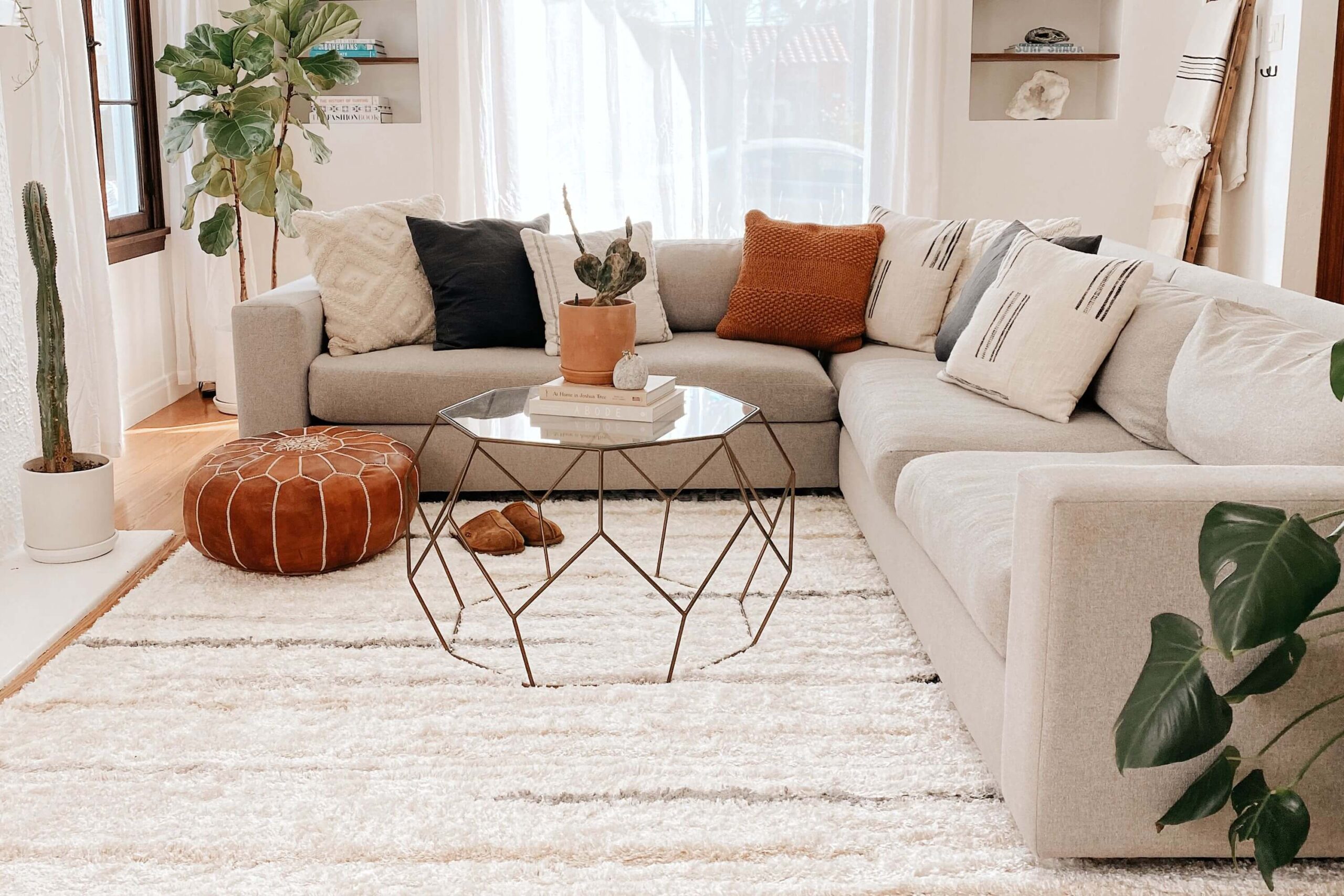 On the other hand, an anchored rug is one that is placed under furniture, such as a sofa or coffee table. This design choice can create a more structured and cohesive look in your living room. It also provides stability for your furniture, preventing it from shifting and potentially damaging your rug. An anchored rug can also help define and anchor different areas in an open floor plan, making it a great choice for larger living rooms.
On the other hand, an anchored rug is one that is placed under furniture, such as a sofa or coffee table. This design choice can create a more structured and cohesive look in your living room. It also provides stability for your furniture, preventing it from shifting and potentially damaging your rug. An anchored rug can also help define and anchor different areas in an open floor plan, making it a great choice for larger living rooms.
The Cons of a Anchored Rug
 While an anchored rug may provide more stability and structure, it can also make a room feel smaller and more cluttered. This is especially true if you have a large rug that covers most of the floor space. It can also limit your furniture placement options, as you'll need to make sure the furniture sits on the rug. Additionally, an anchored rug may be more difficult to clean and maintain, as you'll need to move furniture in order to vacuum or spot clean.
While an anchored rug may provide more stability and structure, it can also make a room feel smaller and more cluttered. This is especially true if you have a large rug that covers most of the floor space. It can also limit your furniture placement options, as you'll need to make sure the furniture sits on the rug. Additionally, an anchored rug may be more difficult to clean and maintain, as you'll need to move furniture in order to vacuum or spot clean.
The Final Verdict
 Ultimately, the decision between a floating or anchored rug comes down to personal preference and the specific needs of your living room. If you have a smaller space and like to change up your furniture layout frequently, a floating rug may be the way to go. However, if you have a larger space and prefer a more structured look, an anchored rug may be the better choice. Whichever option you choose, make sure to consider the size, material, and style of your rug to create a cohesive and visually appealing living room design.
Ultimately, the decision between a floating or anchored rug comes down to personal preference and the specific needs of your living room. If you have a smaller space and like to change up your furniture layout frequently, a floating rug may be the way to go. However, if you have a larger space and prefer a more structured look, an anchored rug may be the better choice. Whichever option you choose, make sure to consider the size, material, and style of your rug to create a cohesive and visually appealing living room design.



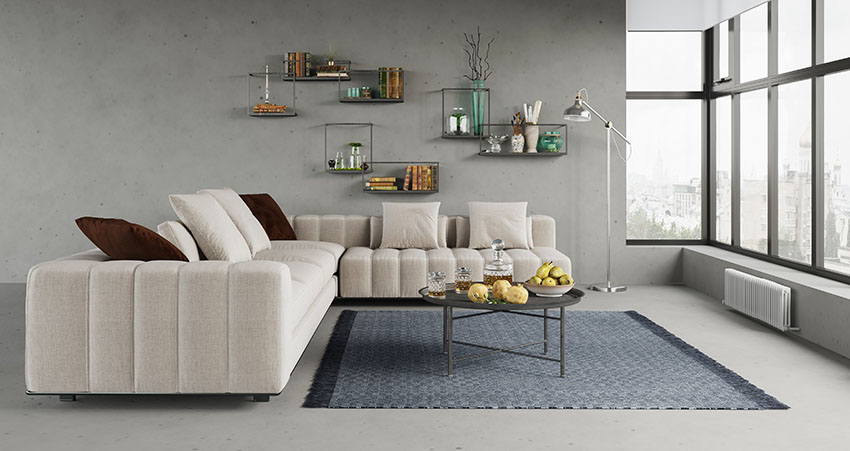




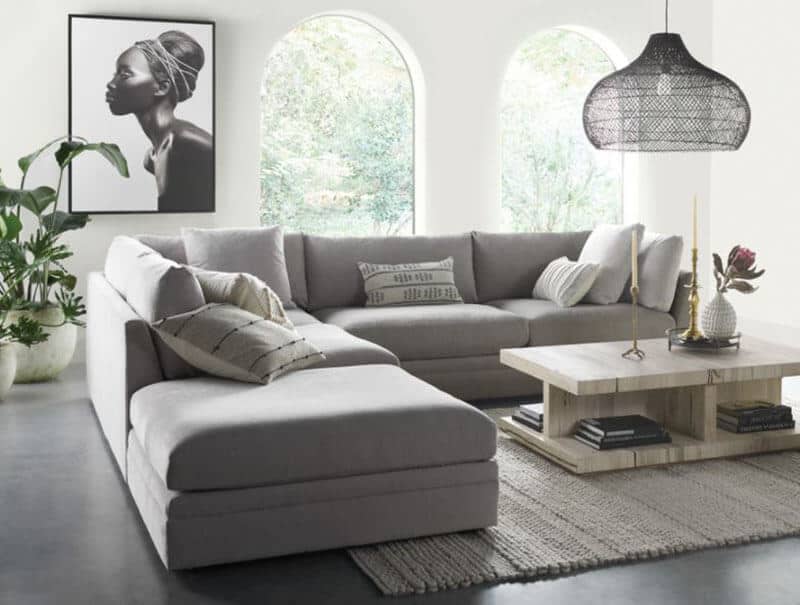











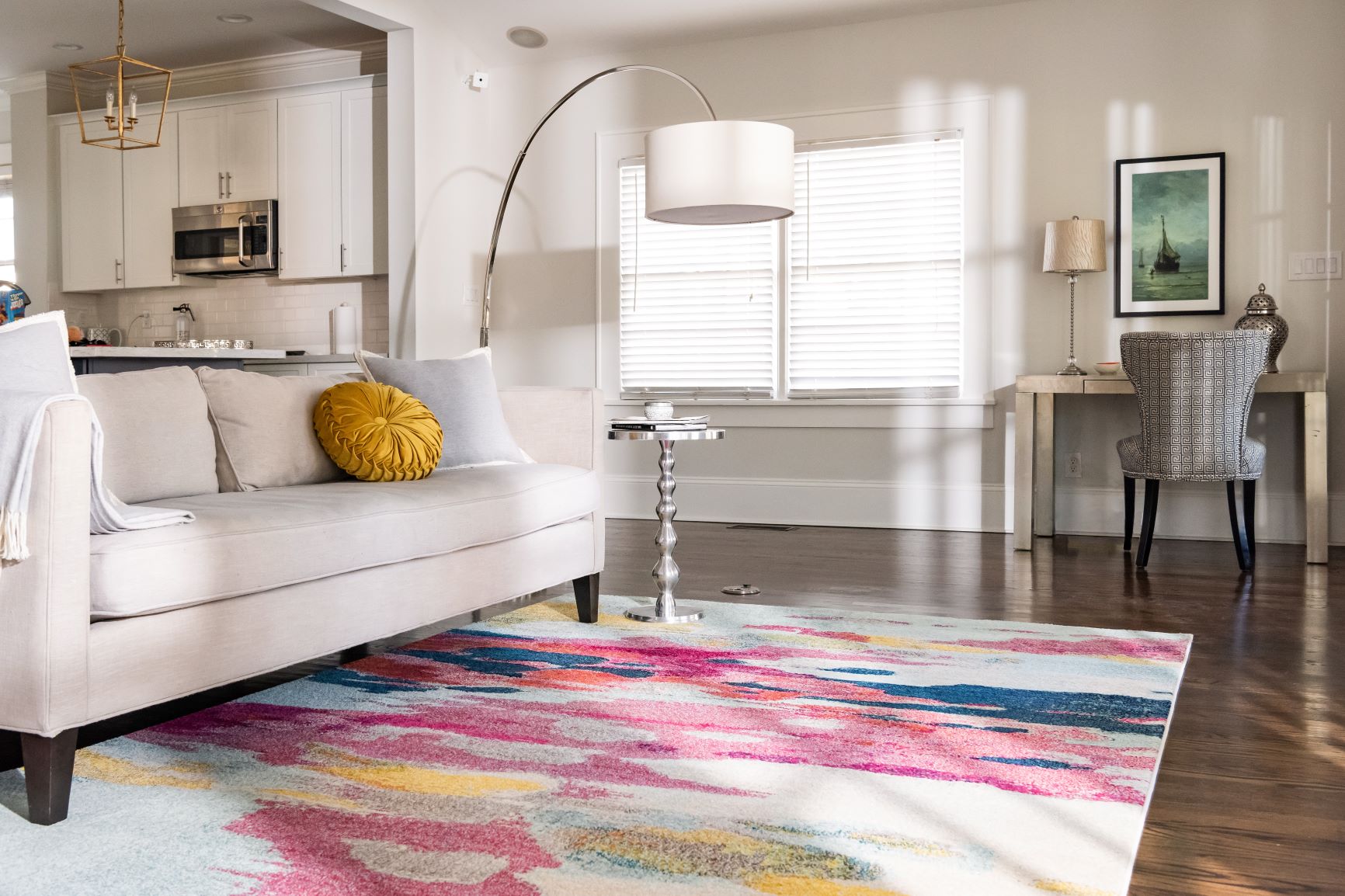
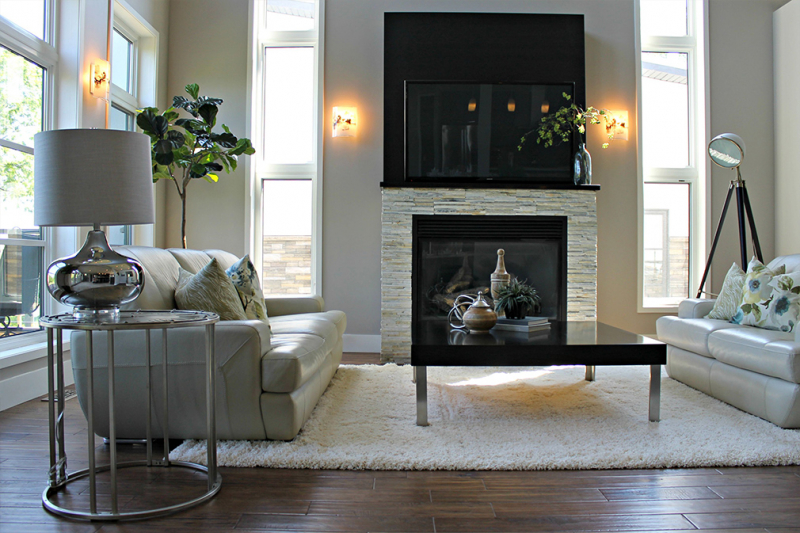

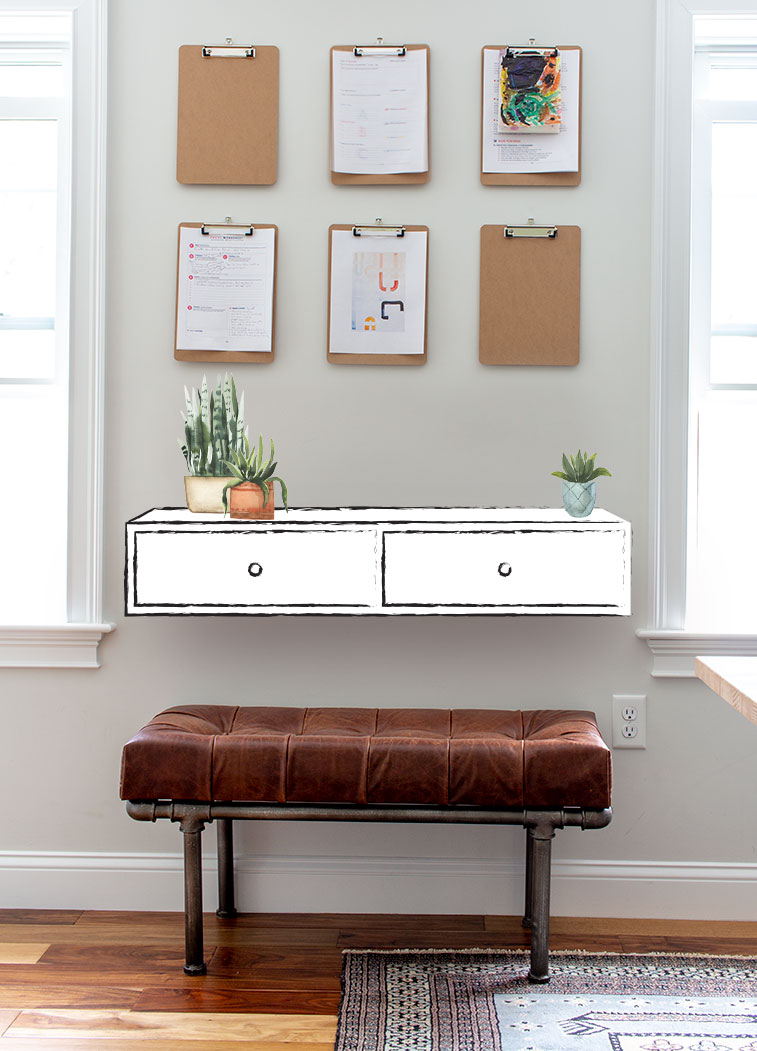







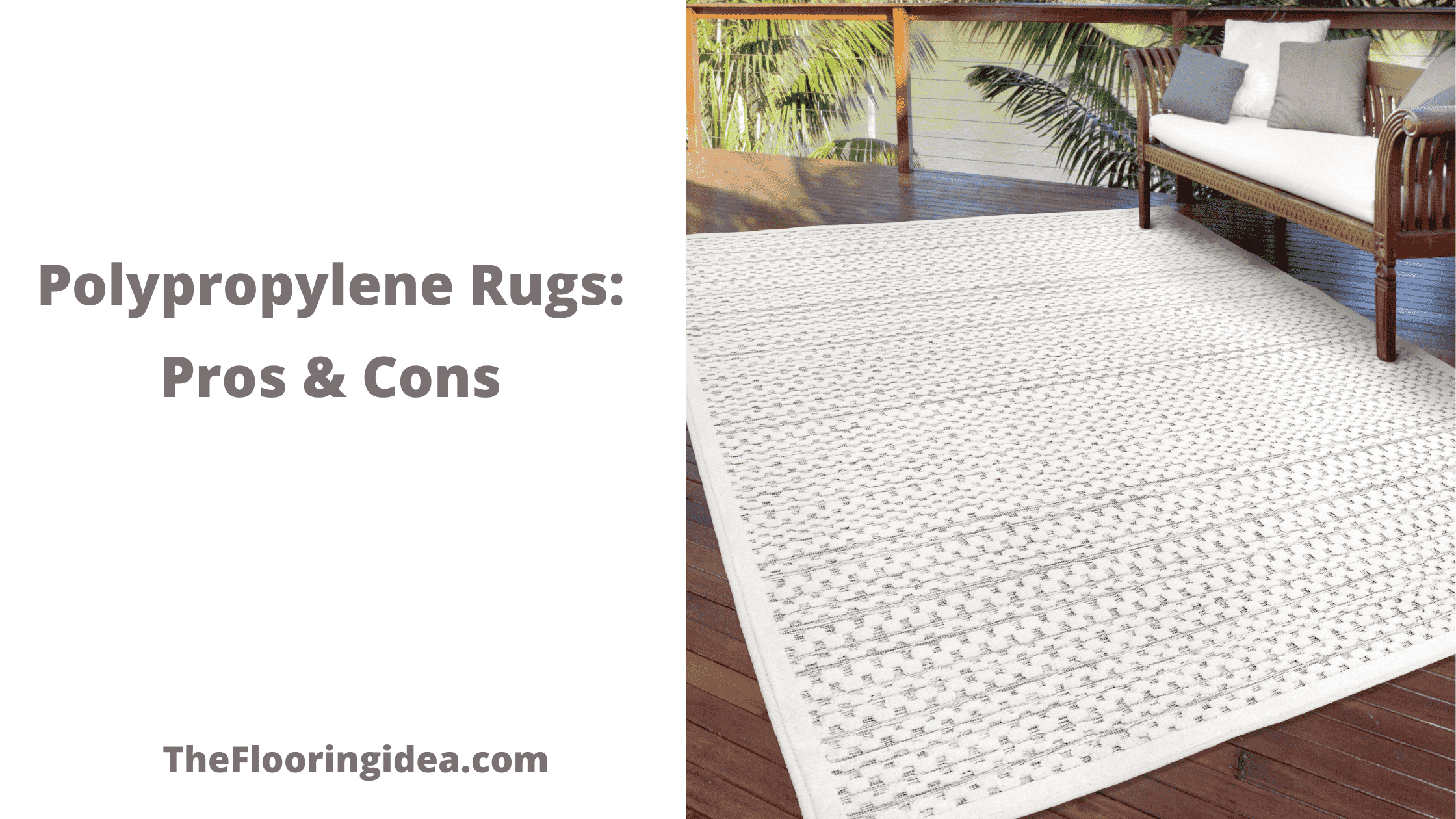
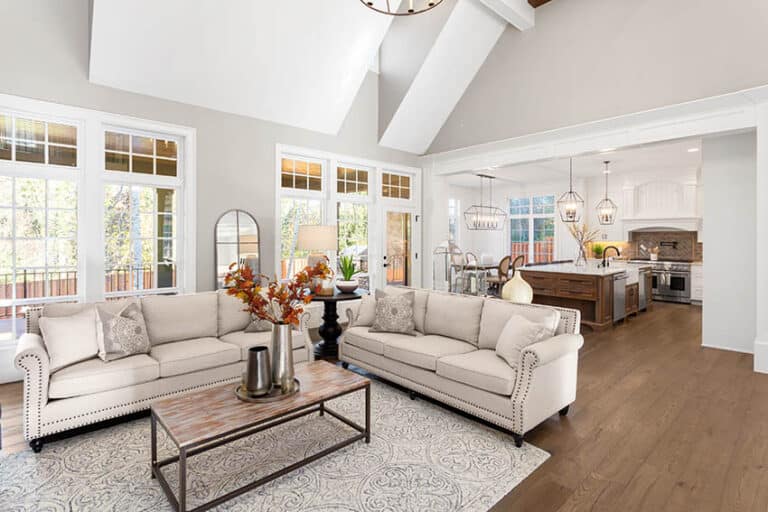

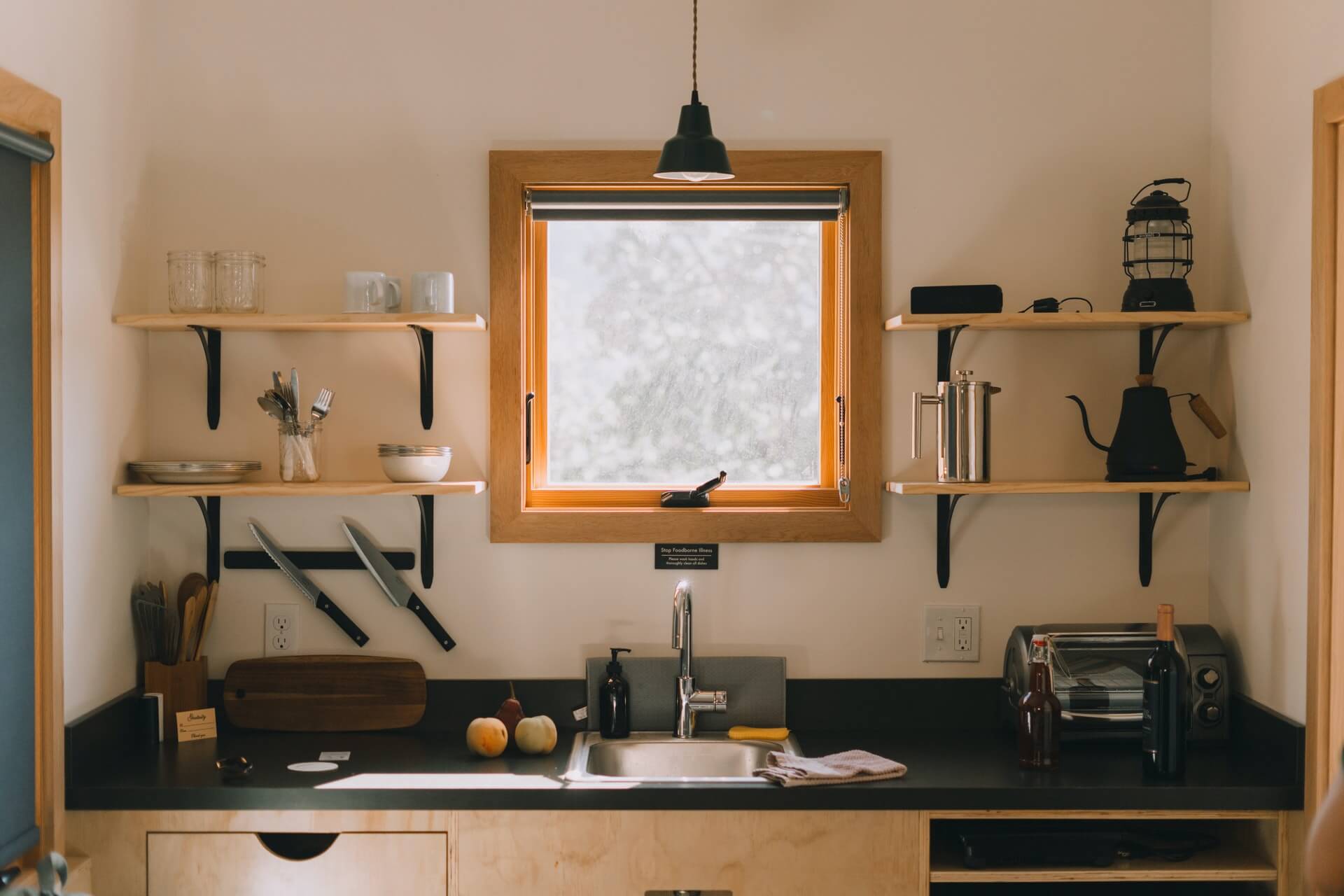
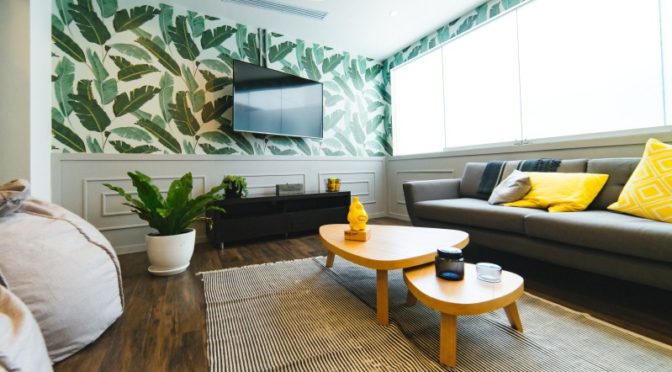


:max_bytes(150000):strip_icc()/living-room-area-rugs-1977221-e10e92b074244eb38400fecb3a77516c.png)
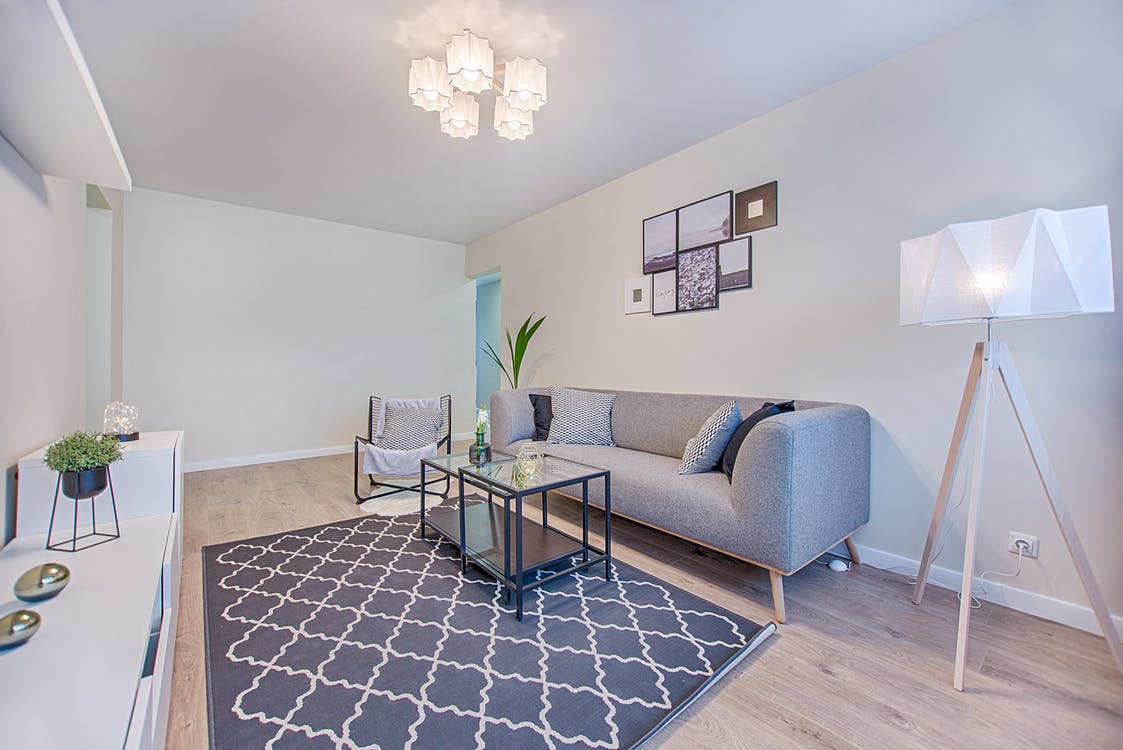

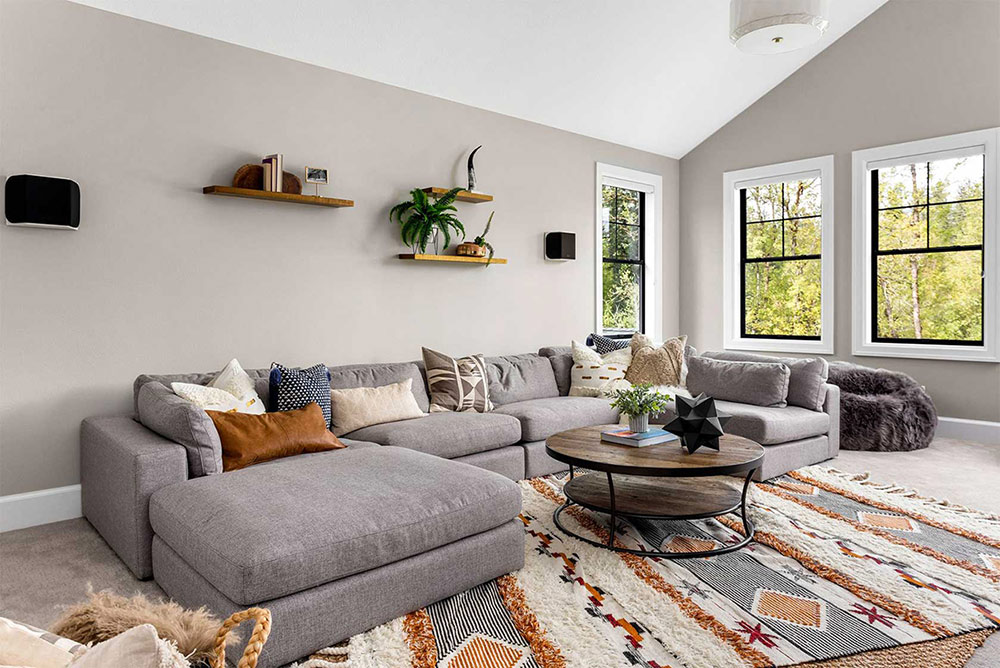

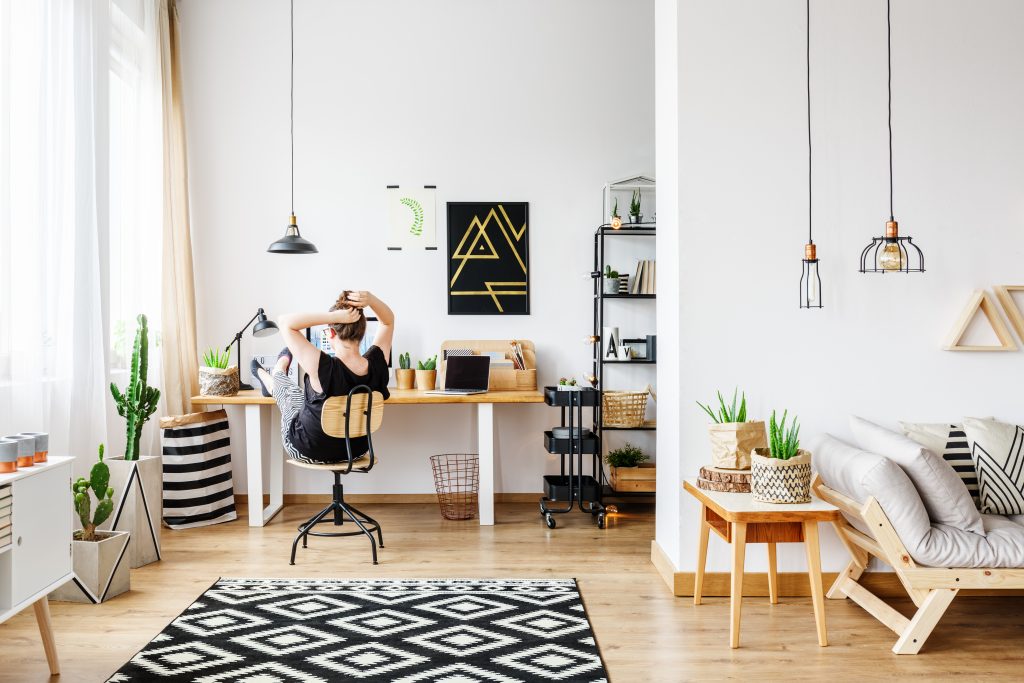
/using-area-rugs-over-carpet-2908732-02-f3b860e039fd495e9fb1a0d598543102.jpg)


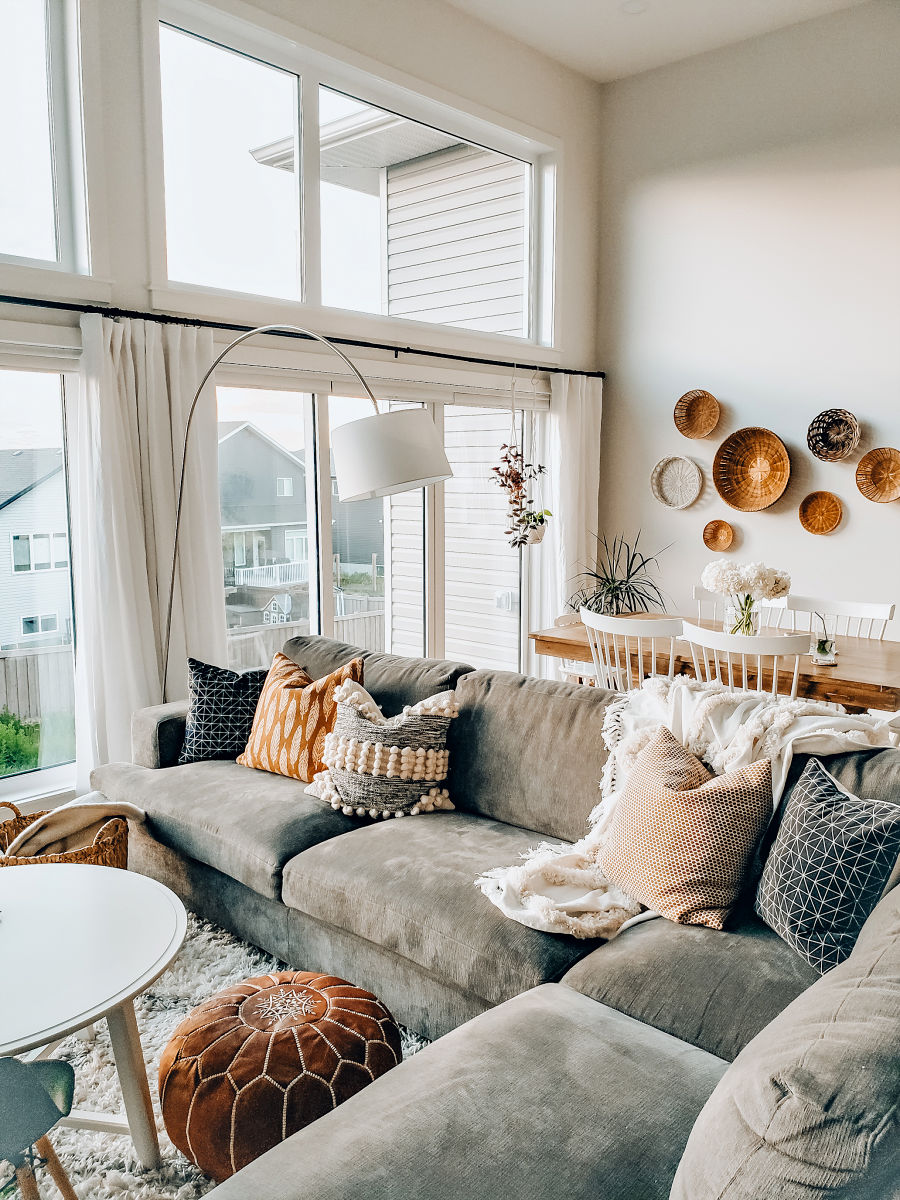


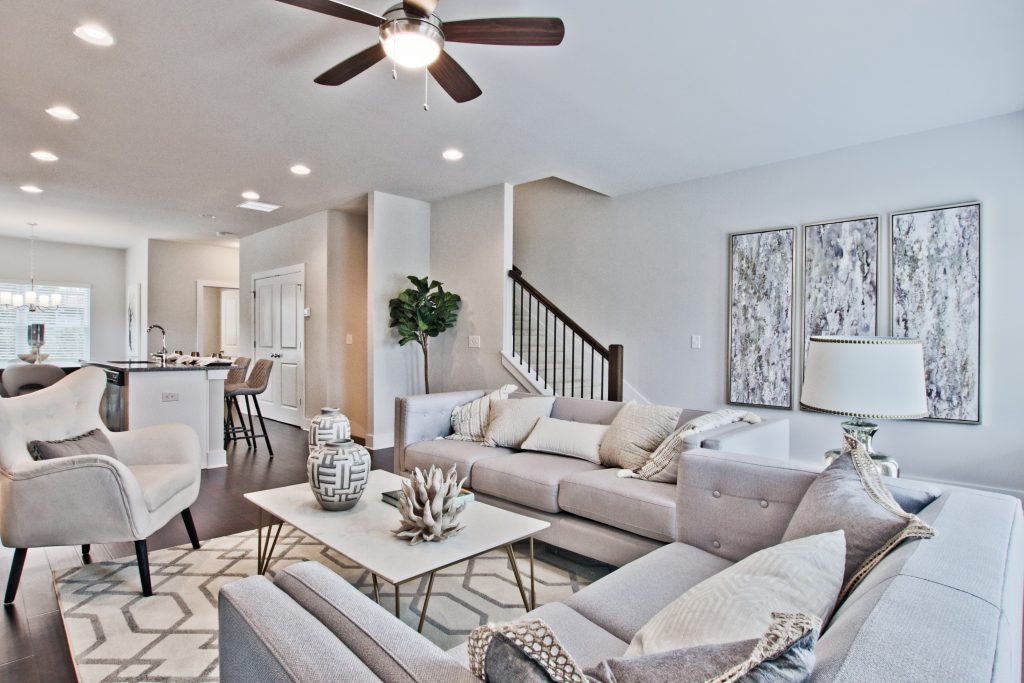

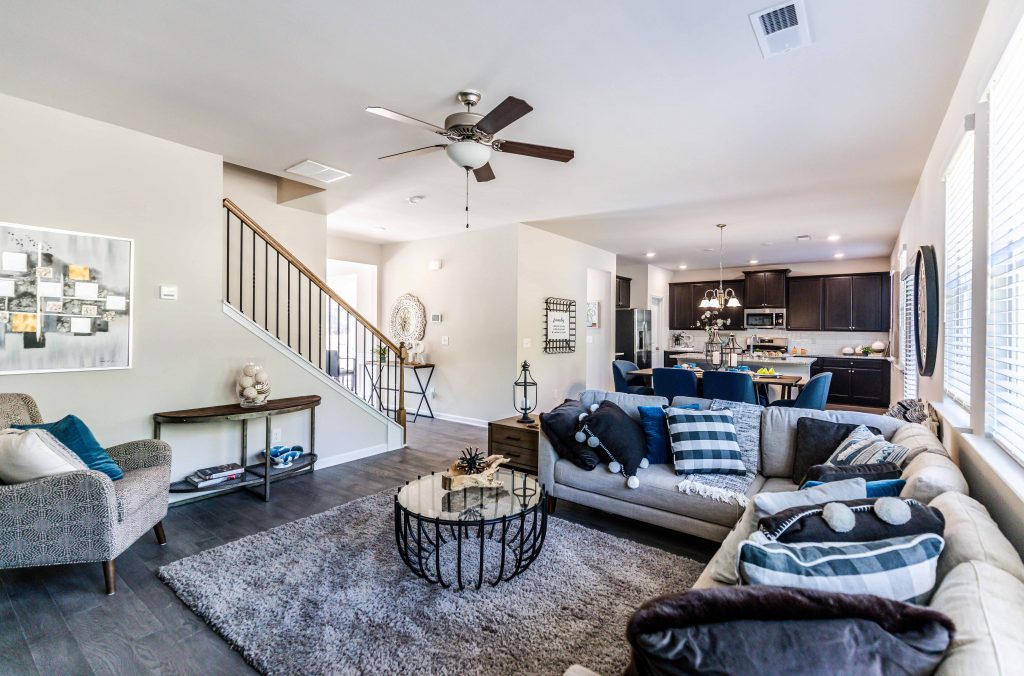

:max_bytes(150000):strip_icc()/orestudios_lonemadrone_05-0294eeaf854c4d8ebf34d13990996973.jpg)
/Living-room-with-plaid-and-leather-furniture-589faf575f9b58819cb3fb05.png)
/Cozy-living-room-with-vaulted-ceiling-589fb14d3df78c4758a5523e.png)
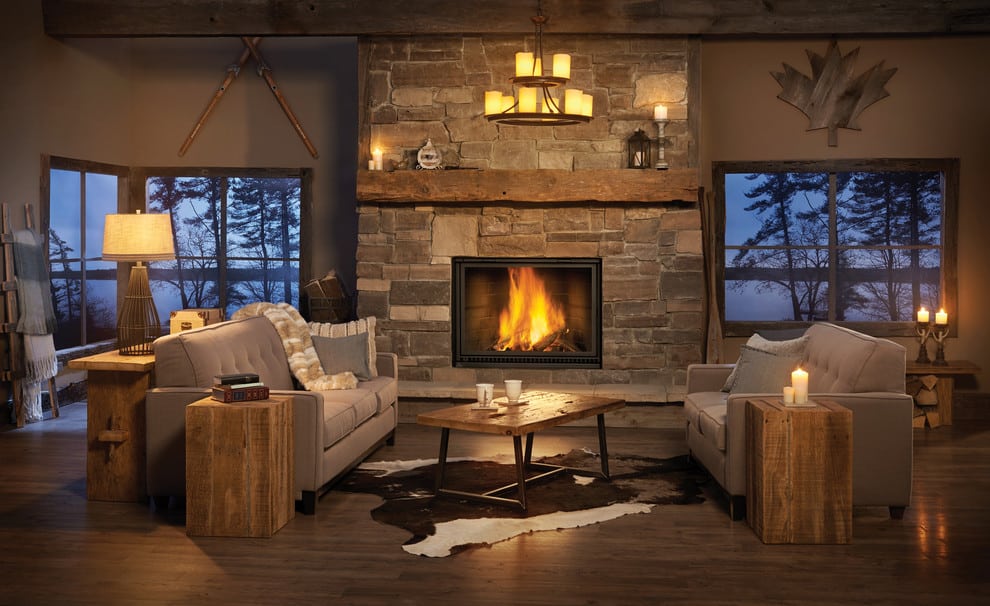


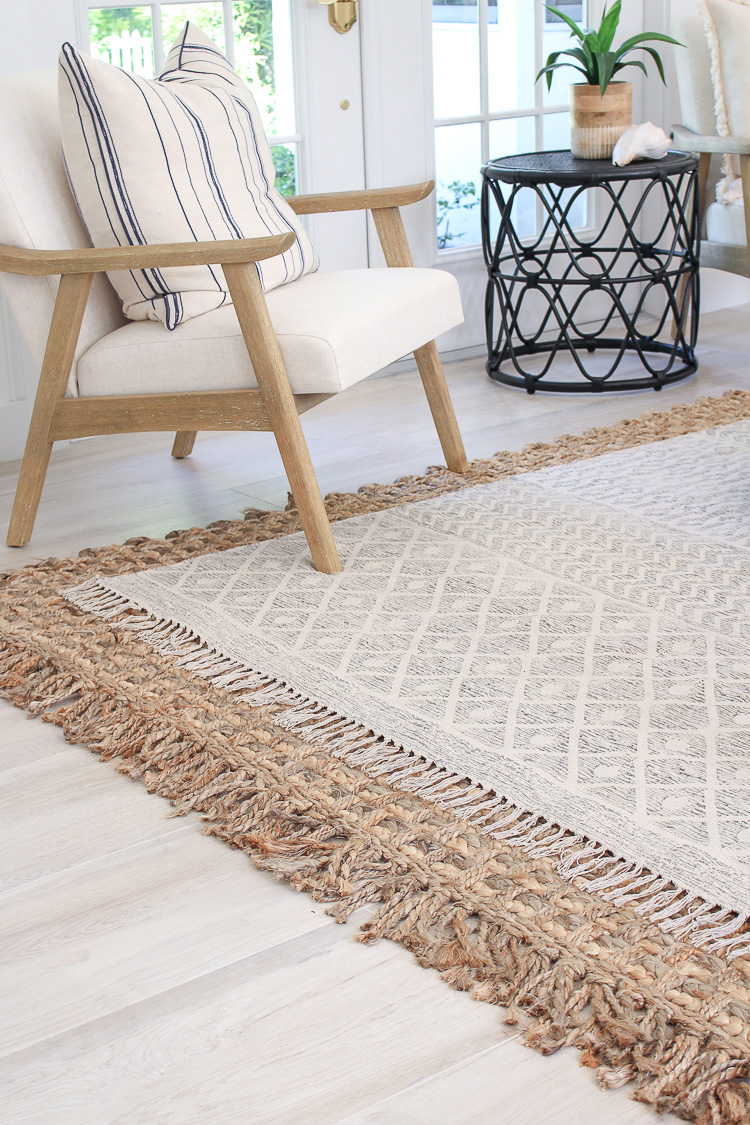


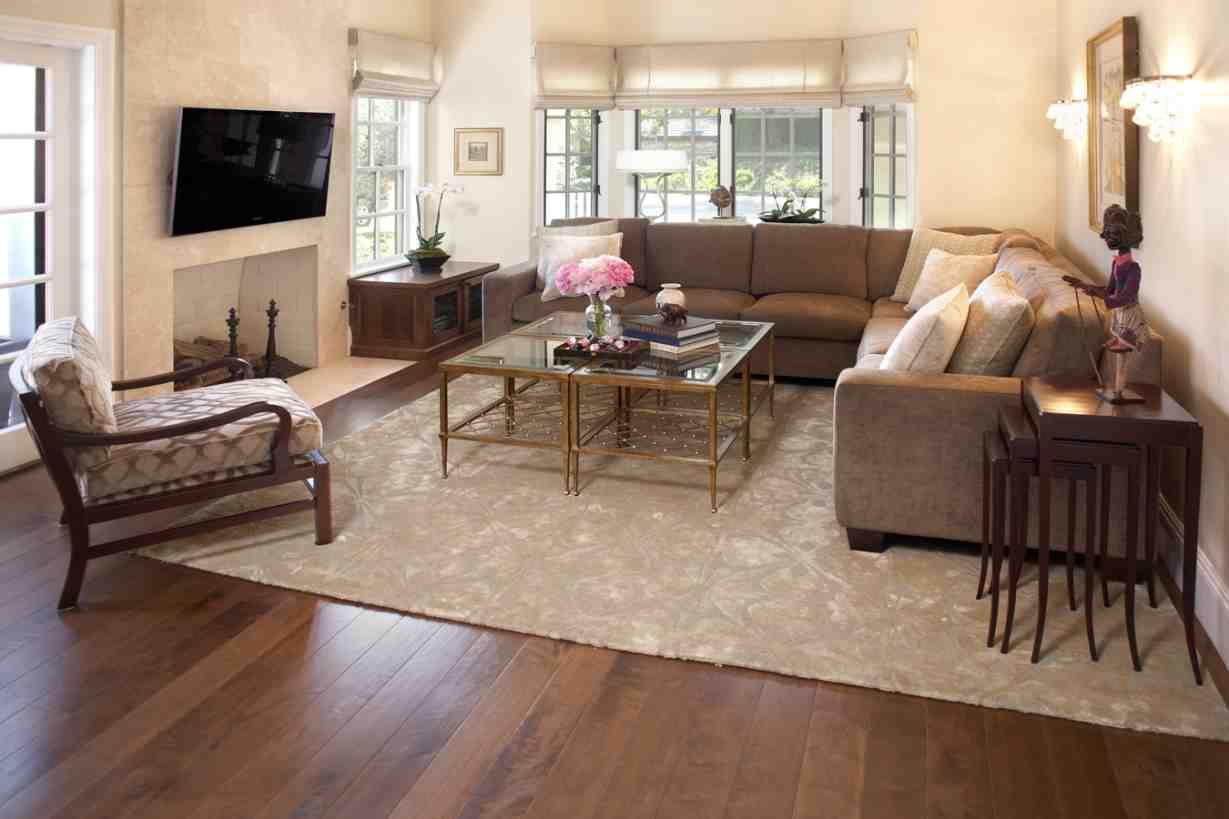















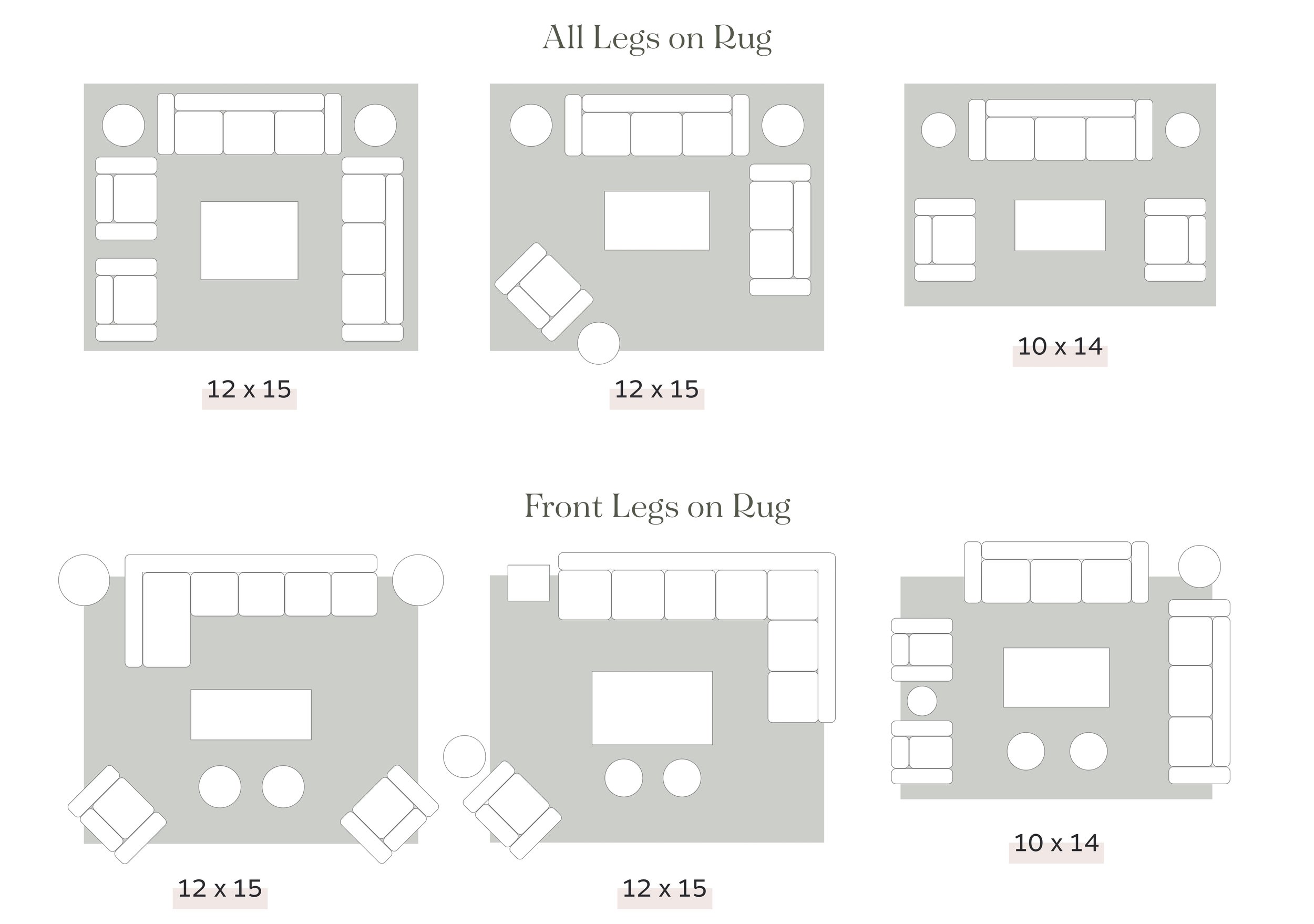

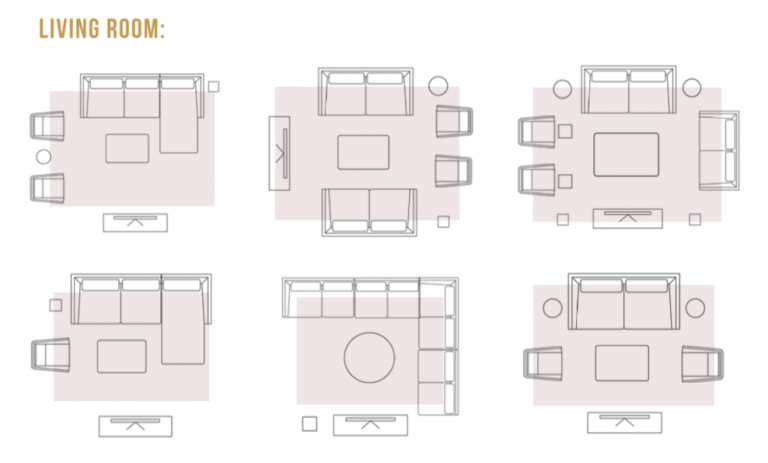

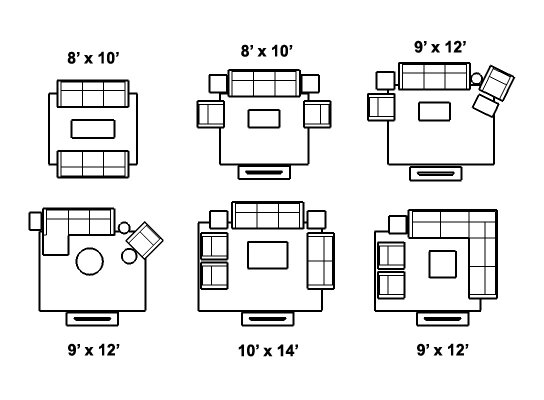




/AmyCooper-MarcellaAlanAfter1-5bef478326874b728b526bac19649802.jpg)




